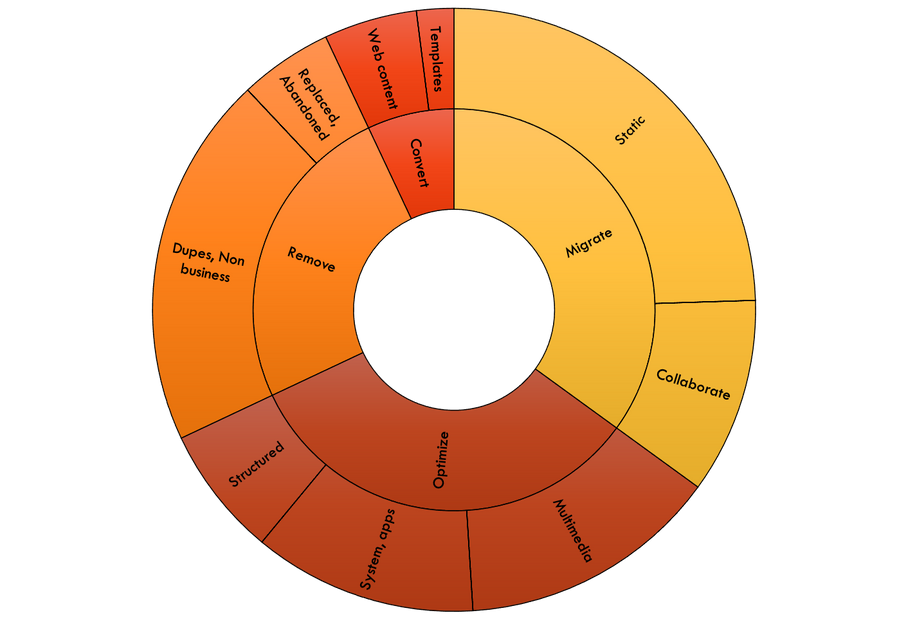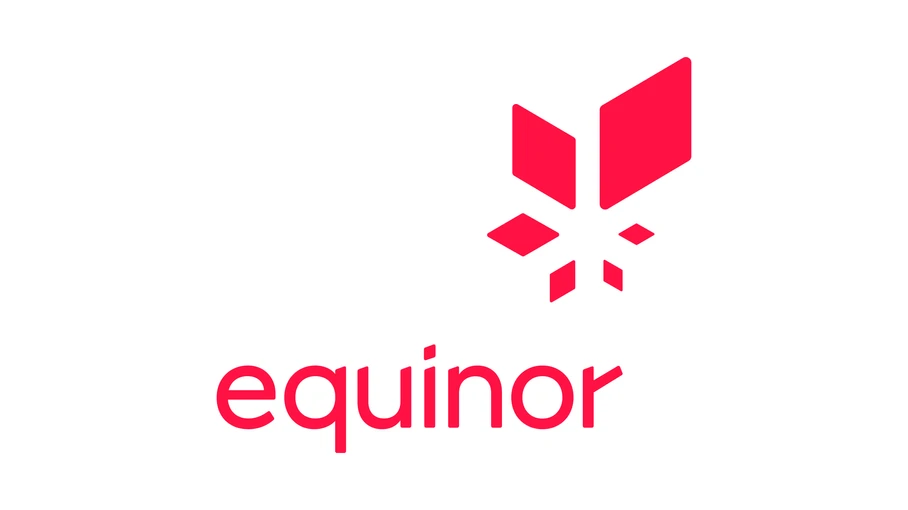Document Autoclassification using Content: Similarity and Topic Comparisons

![]()
Similarity and Topics Similarity classifies by determining how close one document is to another. This is one area where AI is being leveraged. There are a number of variants to this capability but generally, if you know that one thing is a true representation of what you are looking for (an “exemplar”), other things that […]
Document Autoclassification using Content: Keywords, Number and Word Patterns

![]()
Keywords A word (or set of words) can be associated with a type, metadata or security. Usually, a keyword to find a type of content (like using the word “contract” to find a contract) is problematic for a number of reasons and is not very useful. You will find contracts, but you will also find […]
Document Autoclassification using Context: File Extensions, Metadata and Properties

![]()
File extensions This is the easiest entry point into classifying content because it can be done with a good >DIR command and a spreadsheet. It is done without needing to access and open the content – which makes it fast. It can also be done very efficiently from the cloud. The file extension mostly tells […]
Document Autoclassification: Source and Purpose

![]()
Before we start looking at classification techniques, a few concepts need to be defined. Source data The information we rely on to classify content automatically comes from three sources within a single document. Format – Format often includes the coding that allows a specific application to work with it. It can also include any structure […]
Document Autoclassification Technologies

![]()
A MasterClass – ification for unstructured content Post 1 This is an exciting time to be in the world of AI, machine learning, and autoclassification for unstructured information. This is a broad topic, so I want to focus on very specific elements that you can search on to auto-apply classifications and where they work well. […]
Microsoft Records Management Auto-Classification Options

![]()
Classification Options Many organizations try to rely on users to manually identify, capture, and classify records that should be retained, but this depends on users always doing the right thing to ensure compliance. A better approach is compliance-by-design. Records management happens automatically based on how users are storing or working with documents. Many large and […]
Planning M365 Information Governance

![]()
If you have lots of legacy systems, e.g. file servers / network shared drives, SharePoint on-premise, and Enterprise Content Management systems, then you need to establish your new governance structure for M365 before starting the migration from legacy systems to M365 since this will impact required metadata mapping, access controls, retention design, etc. You can […]
M365 for collaboration and records management for 37,000 users

![]()
Microsoft just published a case study about how the global energy company Equinor has standardized on Microsoft 365 (M365) for both collaboration and records management. Press link to access the case study, and it was an honor to work with them on this project. Some quotes from the case study: “Equinor tested many of the […]
The Dangers of M365 Add-On Solutions

![]()
There are a variety of IT solutions that improve how information is captured, processed, and managed in Microsoft 365 (M365), but some of them actually create a long-term problem for you. By buying these 3rd party solutions, you are then saying no to many Microsoft innovations and improvements. Many Microsoft partners that offer 3rd party […]
M365 architecture to improve access and control of information

![]()
If you have many M365 users and files, then you need to plan how to best connect people, information, and knowledge with required security and compliance. Your M365 architecture and setup – like in the picture below – should enable people to quickly go where they want to find what they need, but also ensure […]

